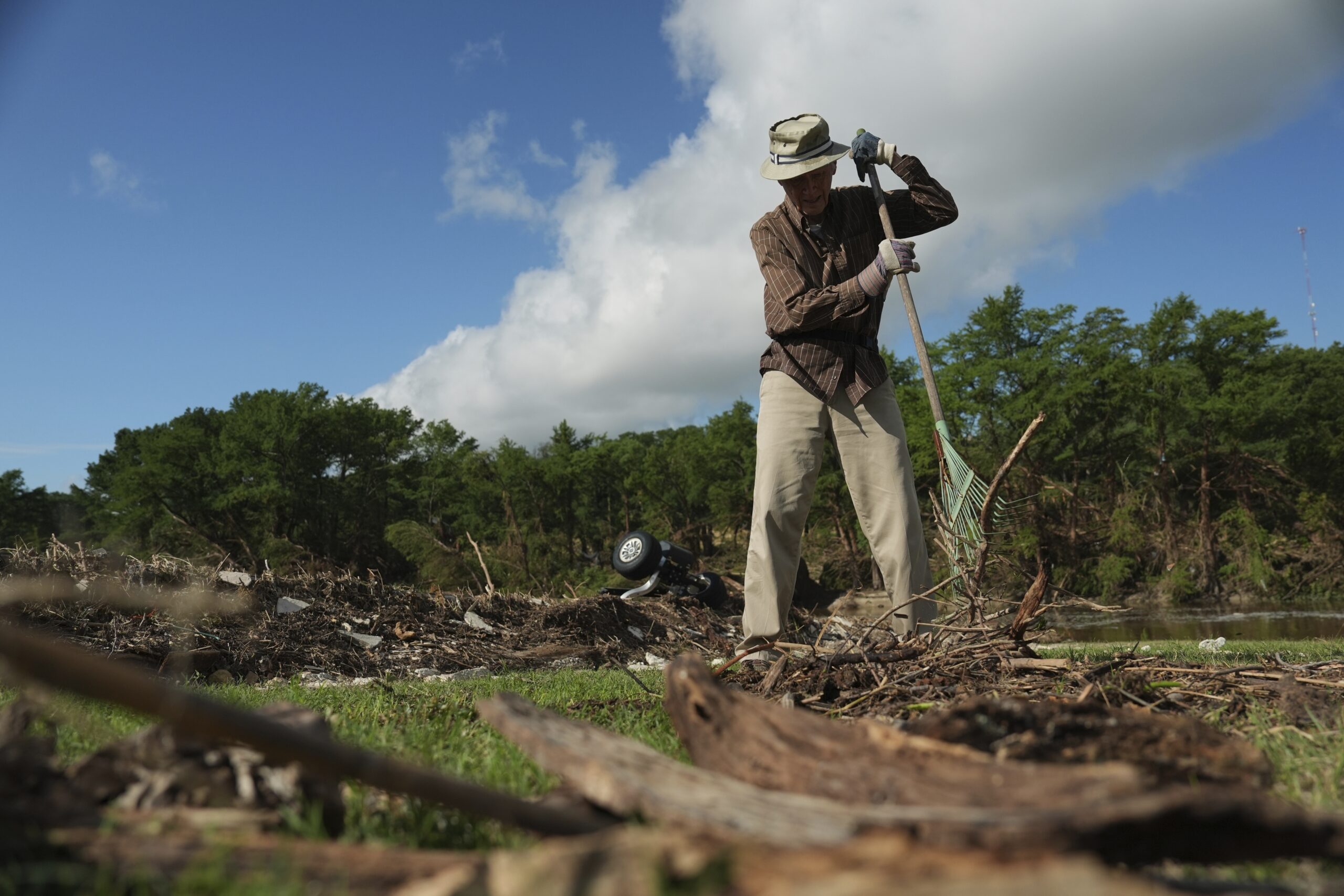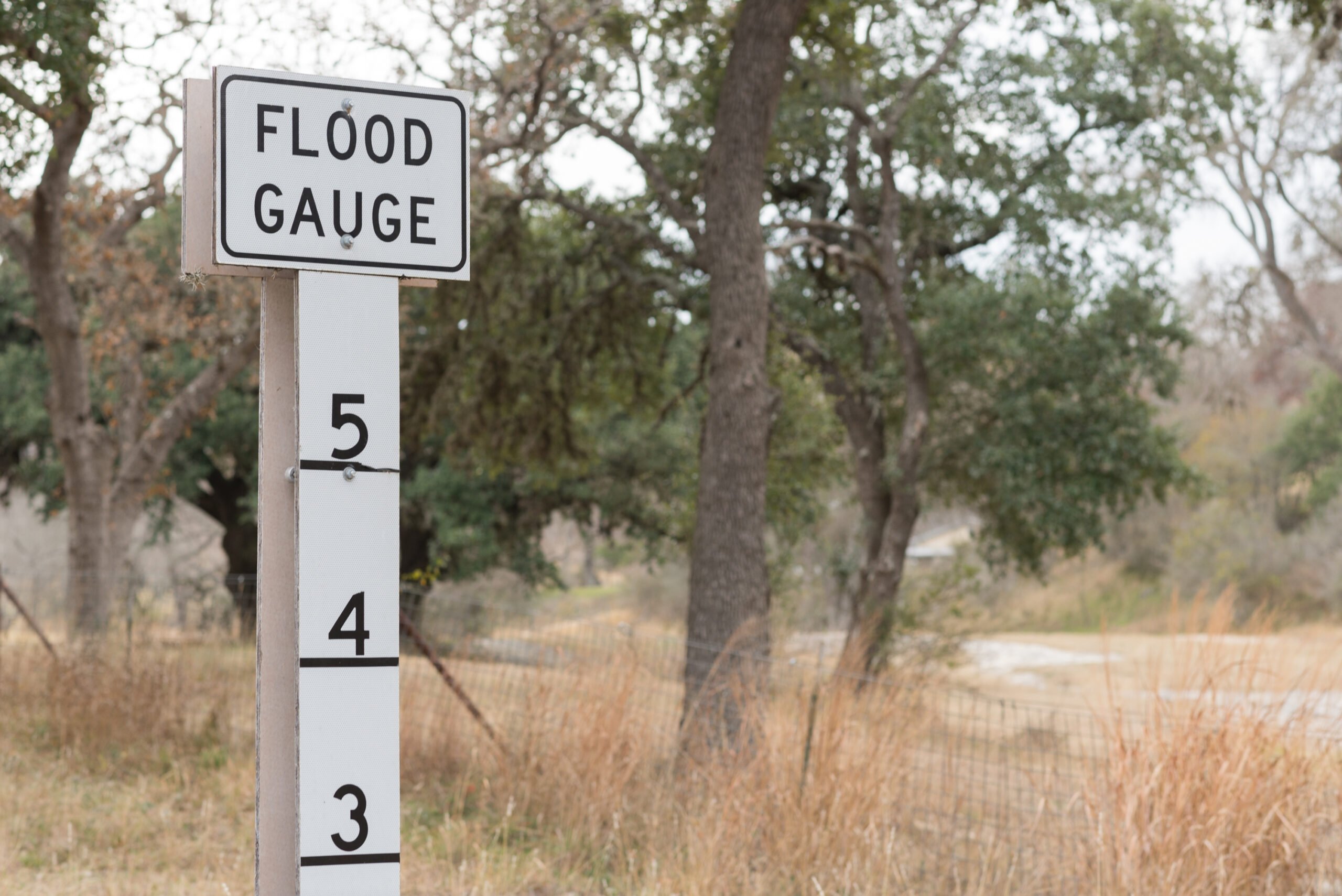ustxtxb_obs_1975_11_28_50_00009-00000_000.pdf
Page 13
Columbia.. . not caring about grades or money. The business about the “rich kids’ school” still makes me mad. It’s costly, but most of us were there on scholarship. I had, of all things, the Pearl Mesta Franco-American Friendship scholarship, and worked nights in the Woolworth’s at 79th and Broadway. Columbia specializes in teachers who are also doers. I believe most of the faculty worked for the Times at one time. When I was there, Fred Friendly, former head of CBS News and then head of some aspect of public broadcasting, taught the television course. The photography course was taught by a man who had been tops at Life for years. Judith Crist taught the criticism course. Theodore Bernstein, who was for a long time the chief of the Times copy desk and the author of wonderful books about the use and misuse of English, used to teach the copy-editing course. Because Columbia has a big reputation, it was able to attract fairly stellar speakers. We did practice interviews with Bobby Kennedy and Harrison Salisbury of the Times, who had then just returned from North Vietnam. Of course the best way to learn journalism is to do it. The J School newspaper had zero outside circulation, and as I recall the issue I edited, that was just as well. Columbia College had its own student newspaper: our mistakes were private. John Hohenberg, who had a distinguished career as a wire reporter and covered the United Nations for years, trained a couple of generations of Columbia students in his own inimitable fashion. “You gotta go with what you got” was his favorite line, as he staged mock city room deadline situations, and screamed at us all to write it fast and write it hard. “Uncle Ho” used the same exercises year after year, and around big national political campaigns you can occasionally find a CJS grad from ’54 drinking with a class of ’61 man, both of them falling off their bar stools from laughter as they recall the lady who died while baking a cherry pie and that damn election in Long Island where the results changed five times in the five minutes before deadline. I suppose our most cosmic instructor was Dr. Yu \(I think he was the only Ph.D. his field and was an awful lecturer. He taught “Theories of Communication” at 9 a.m., during which we used to drink Chock-Full-O-Nuts coffee and work the Times crossword. I retained only two things out of the course, both because I considered them prize examples of academic b.s. “Narcotizing dysfunction” and “cognitive dissonance” have actually turned out to be useful concepts over the years, but I have a distaste for academic journalists who use computers to measure communication. That doesn’t include Sam Lubell, who pretty much wrote the book on political polling, and who taught us how to read polls. ISUPPOSE the teacher I was closest to was Mel Mencher, a pint-sized, bearded, iconoclastic man who had been one helluva good investigative reporter for papers out West \(Fresno, Santa Fe, like demia. He made training black reporters a personal crusade. I remember talking to him in Minneapolis when he was on sabbatical and depressed. He said he’d been teaching journalism for 10 years and was about to conclude that it came to 10 years of nothing, that you can’t teach someone how to be a good journalist. After a year of thinking about it, he concluded that the only useful thing he could do for journalism students was to pull their minds open. He got very graphic about it. He wanted to explode their heads, force them to question all their assumptions about life, people, and the world. Make them THINK, make them realize that what is will not always be. That things don’t have to be done the way they’ve always been done. Make them see a better world and ask, “Why not?” Make them able to see the world in different ways: not just as white, UT. . . I got the word from this censor, a timorous graduate student, that he’d been talking with Dr. Davis and Dr. Davis was real worried that if I kept harping on Vietnam the journalism department might not get the new building it wanted so much. Davis never approached me directly, except during a couple of TSP Board confrontations after Frank Erwin threatened to do away with the Texan’s editorial page, but through that entire year I felt the weight of that damn new building bearing down on me. \(Erwin also charged that a Texan editorial cost the school a $1 million gift from an anonymous patriot. Later, when my sister was in school, the story was told in a journalism lab, but the figure was The main lesson I learned from Norris is: Don’t Rock the Boat. Those words should be chiseled on the face of the snazzy new $12 million Communication Complex the J school good ol’ boy now inhabit at the corner of 26th and Guadalupe. What other lessons did I learn in journalism school? Olin Hinkle taught me that my spelling stinks and that you should say “more than 20 students” rather than “over 20 students.” I hope that’s correct, because I automatically change Observer copy to conform to the Olin Hinkle rule. I might also have learned some graphics from Mr. Hinkle, if I’d bothered to listen, but it never entered my mind that I might have university, graduate students see it, but the way poor folks, old folks, black folks, Third World folks, and plumbers who bowl see it. I think Mel Mencher did a good job. Even apart from Mench, I guess there was a sort of anti-Establishment tilt to the school. I think it was Uncle Ho who told us about the go-to-hell fund. He advised that we always keep $100 in a special bank account \($100, that’s how long ago 1967 story we knew was wrong ever asked to pull back on an investigation, puff a candidate, fudge a fact, boost an advertiser we could just say “go to hell” and walk out. Integrity was very big at Columbia. I think we were all world-hangers before we ever went to Columbia. Nothing gives an old-line city editor a bigger pain than a world-changer. Maybe they should have taught us more patience; then again, maybe not. We were good and knew it; thought ourselves “the best and the brightest.” God knows, a little more humility wouldn’t have hurt. But I still think journalism is a profession sadly in want of change. I still can’t tell Bodoni Bold from a sans serif, but when I get hold of The New York Times. . . . M.I. to do much less enjoy the make-up work on the Observer. In feature writing, I learned that when submitting free lance articles to magazines, you should include a self-addressed, return envelope with the postage paper-clipped, not sealed, to the envelope. That way, if your manuscript is accepted, the magazine can easily use the loose stamps on other correspondence. \(M.I. says at Columbia they never considered the possibility their ITOOK feature writing from C. Richard King, a history buff who has a PhD from Baylor. King was and is considered a “hard grader.” The only way you can get an A in his class is to sell all five features assigned in the class. If I remember correctly, to get a B you at least must have rejection slips for all of your articles. \(I learned that lesson so well that any time I get a manuscript from a UT student I always promptly reject it by mail rather than by telephone, just in case it’s from a King student needing a genuine rejection slip. I draw the line at actually accepting In my interviews with current J students, I heard complaints of how hard King’s rules are, but in retrospect I don’t think his plan is so bad. An article that has sold, after all, is a success. The problem with the King system is that it encourages students to aim very low. The odds on November 28, 1975 9


